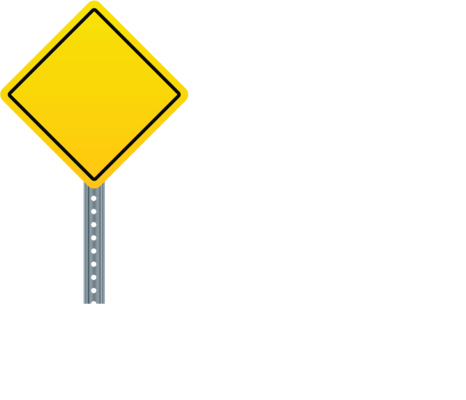ADA Accessible Parking - What You Need to Know
Posted by Tayten Tullis on
ADA Accessible Parking - What You Need to Know
Do you have a small business or storefront? Do you know what the requirements are for you parking lot to stay up to code with the ADA Act? Here is a short guide to help get you started.
The US Department of Justice issued new regulations under the Americans with Disabilities Act (ADA) in 2010. These new rules affect local and state governments, as well as public accommodations and commercials facilities.
How many accessible parking spaces are needed?
One of every six accessible parking spaces, or fraction thereof, must be "van-accessible."
For example: A parking lot with 400 spaces requires 8 accessible spaces with two of those eight must be van-accessible. These spaces must connect to the shortest possible route to the building entrance they serve.
| Total Number of Parking Spaces | Minimum Number of Accessible Parking Spaces Required |
| 1-25 | 1 |
| 26-50 | 2 |
| 51-75 | 3 |
| 76-100 | 4 |
| 101-150 | 5 |
| 151-200 | 6 |
| 201-300 | 7 |
| 301-400 | 8 |
| 401-500 | 9 |
| 501-1000 | 2% of total |
| 1001+ | 20, plus 1 for each 100 |
When a facility has multiple buildings with several entrances, accessible parking spaces should be places to allow parking near as many entrances as possible. If a separate parking facility serves a building or facility, accessible spaces may be group together.
What do accessible parking spaces look like?

Accessible parking spaces are to be eight (8) feet wide (96"); van accessible spaces are level (11) feet wide (132"). Access aisles for either type of space are five (5) feet wide. These dimensions are minimums. These Adjacent aisles can be shared between two spaces and provide room for vehicle mounted wheelchair lifts.
The access aisles must be marked or painted with hatch marks. This is important where the alternate design is used and an access aisle at a van accessible space is roughly the same size as the space.
The parking surface should be as smooth and stable in all directions. This helps the people with wheeled mobility devices to safely load and unload.
Signs
Accessible parking spaces must be identified by signs the include the International Symbol of Accessibility. Signs at a van-accessible space must include the phrase "Van Accessible"
These signs should be mounted with the lower edge of the sign at least (5) feet above the parking surface. This helps the visibility of the signs and clearly marks the parking space.

The Federal R7-8 Handicapped Reserved Parking Sign is used in these states: AK, AL, AR, CO, DE, HI, IA, ID, IL, IN, KS, KY, LA, MA, MD, ME, MS, MT, NC, ND, NE, NH, NM, NY, OR, PA, RI, SC, SD, TX, UT, VT, WY
Maintenance
Its important that your accessible areas are properly maintained. Coulder climates can be particularly challenging. Accessible parking spaces, routes, and aisles should be kept in good repair and clear of snow, ice, or debris.
What if I already have a parking space and its not up to code?
While new construction projects have to meet the minimum standards, existing buildings and facilities that are not engaged in planned alterations can be viewed differently.
Title II: Program Access
Local and state government organizations that services, activities, or programs in existing property must make sure that people with disabilities can gain access. There are ways to ensure access to programs, but most often structural improvements will need to be made.
Title III: Barrier Removal
Public and commercial facilities must follow standards for new alterations and construction. Private businesses that are open to the public, such as bands parking garages, and restaurants must remove barriers when it is "readily achievable" to do so. In order to be applicable for readily achievable means "easily accomplished and able to be carried out without much difficulty or expense."
This is the first of our new series of Safety Articles. If you'd like to receive updates and new stories, sign up for our mailing list.
Share this post
- 0 comment
- Tags: Accessible Parking, ADA
